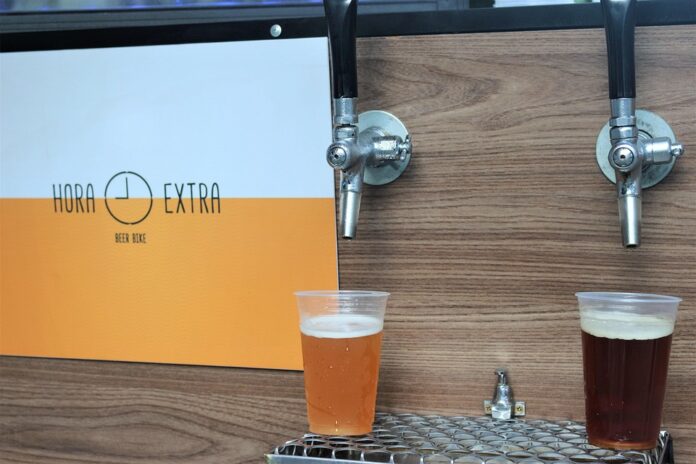CO₂ and Nitrogen Tank Management for Beverage Draft Systems
Introduction
Beverage draft systems rely on carbon dioxide (CO₂) and nitrogen tanks to carbonate and dispense drinks such as beer, soda, and cold brew coffee. Proper management of these tanks is crucial to ensure the quality and consistency of the beverages served. In this report, we will discuss the best practices for CO₂ and nitrogen tank management in beverage draft systems.
Importance of Tank Management
Effective CO₂ and nitrogen tank management is essential for maintaining the desired carbonation levels in beverages. Improperly managed tanks can lead to over-carbonation or under-carbonation, resulting in off-flavors and poor customer experiences. In addition, leaks or malfunctions in the tank system can be dangerous, as CO₂ and nitrogen gases are both asphyxiants in high concentrations.
Types of Tanks
There are two main types of tanks used in beverage draft systems: CO₂ tanks and nitrogen tanks. CO₂ tanks are typically used for carbonating beverages, while nitrogen tanks are used for dispensing nitrogen-infused drinks like nitro cold brew coffee or stouts. Both types of tanks come in various sizes, with common sizes ranging from 5 to 20 pounds.
Tank Handling and Storage
Proper handling and storage of CO₂ and nitrogen tanks are essential to prevent damage and ensure safety. Tanks should be stored in a well-ventilated area away from heat sources and direct sunlight. When moving tanks, care should be taken to avoid dropping or knocking them over, as this can damage the tank and cause leaks.
Regulator Maintenance
Regulators are used to control the pressure of gas coming from the tanks into the draft system. Regular maintenance of regulators is important to ensure accurate pressure settings and prevent leaks. Regulators should be inspected periodically for signs of wear and tear, and any damaged parts should be replaced promptly.
Leak Detection
Leaks in CO₂ and nitrogen tanks can be dangerous and costly. Regular leak detection tests should be conducted to ensure the integrity of the tank system. One common method for detecting leaks is to use a solution of soap and water to check for bubbles around connections and fittings. If a leak is detected, it should be addressed immediately to prevent further issues.
Industry Insights
The beverage draft system industry is a growing market, with the global market size estimated to reach $1.5 billion by 2026. Major players in the industry include companies like Micromatic, Beverage Factory, and Kegco. These companies offer a range of products and services for beverage draft systems, including CO₂ and nitrogen tanks.
Financial Data
The cost of CO₂ and nitrogen tanks can vary depending on the size and brand. On average, a 5-pound CO₂ tank can cost between $50 to $100, while a 20-pound nitrogen tank can cost between $80 to $150. In addition to the initial purchase cost, there are also ongoing expenses for refilling tanks, which can range from $15 to $30 per refill.
Conclusion
Proper management of CO₂ and nitrogen tanks is crucial for beverage draft systems to ensure the quality and safety of the beverages served. By following best practices for handling, storage, regulator maintenance, and leak detection, operators can minimize the risk of issues and provide a consistent customer experience. As the beverage draft system industry continues to grow, it is important for businesses to prioritize tank management to stay competitive and meet customer demands.




